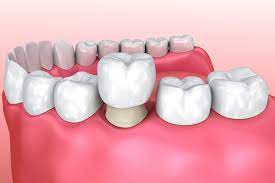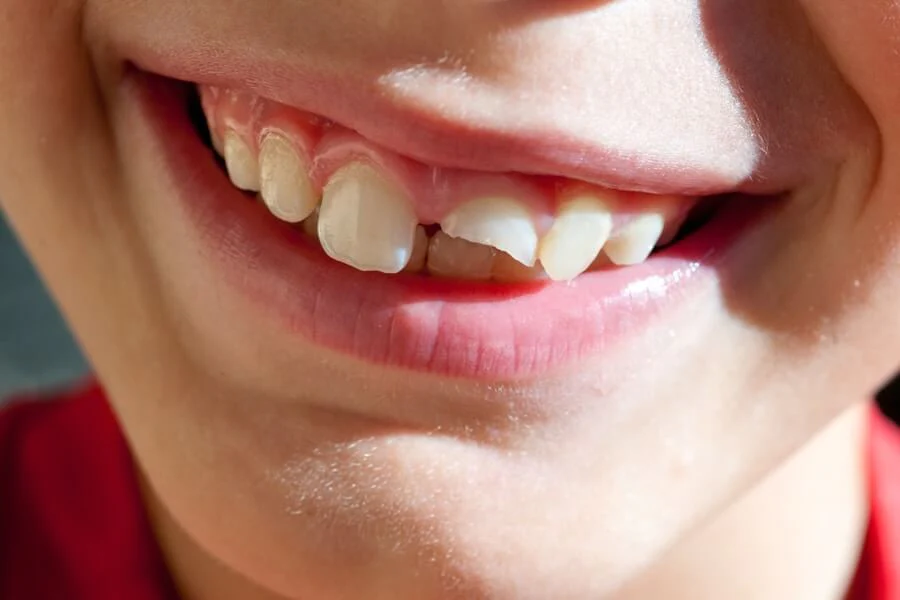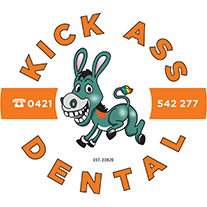Can a Dentist Repair a Tooth? Exploring Dental Restoration Techniques
The Importance of Tooth Repair
When it comes to dental health, maintaining strong and healthy teeth is crucial. However, accidents or decay can lead to tooth damage, causing discomfort and affecting your ability to chew and speak properly. Fortunately, modern dentistry offers various techniques for repairing damaged teeth, allowing dentists to restore both the function and aesthetics of your smile. In this article, we will explore the different dental restoration techniques and how dentists can repair a tooth effectively.
1. Dental Fillings
Dental fillings are one of the most common and straightforward ways to repair a damaged tooth. This procedure is typically used to treat cavities caused by tooth decay. The dentist will remove the decayed portion of the tooth and then fill the cavity with a suitable material, such as composite resin or amalgam.
Composite resin fillings are tooth-colored and provide a natural-looking result. They are often preferred for visible teeth as they blend in seamlessly. Amalgam fillings, on the other hand, are made of a mixture of metals and are more noticeable. They are typically used for back teeth where aesthetics are less of a concern.

Dental fillings not only repair the tooth but also prevent further decay by sealing off the cavity, protecting the inner layers of the tooth from bacteria and further damage.
2. Dental Crowns
When a tooth is severely damaged, a dental crown may be recommended by the dentist. A dental crown is a cap-like structure that covers the entire visible portion of the tooth, restoring its shape, strength, and appearance.
The process of placing a dental crown involves reshaping the damaged tooth to create space for the crown. An impression of the tooth is then taken and sent to a dental laboratory, where a custom-made crown is created. In the meantime, a temporary crown is placed to protect the tooth. Once the permanent crown is ready, it is cemented onto the prepared tooth by the dentist.
Dental crowns can be made from various materials, including porcelain, ceramic, metal alloys, or a combination of these. The choice of material depends on factors such as the location of the tooth, functional requirements, and aesthetic considerations.
3. Dental Veneers
Dental veneers are thin, custom-made shells that are bonded to the front surface of the teeth. They are primarily used to enhance the appearance of teeth with cosmetic issues, such as discoloration, chips, or irregular shape.
The process of getting dental veneers typically involves two visits to the dentist. During the first visit, the dentist prepares the teeth by removing a thin layer of enamel. An impression is taken, and temporary veneers may be placed. In the second visit, the permanent veneers are bonded to the teeth using a dental adhesive.

Veneers are commonly made from porcelain or composite resin. Porcelain veneers offer superior aesthetics and durability, closely resembling natural teeth. Composite resin veneers are a more affordable option and can be placed in a single visit.
4. Root Canal Therapy
When a tooth is severely decayed or infected, root canal therapy may be required to save the tooth from extraction. During this procedure, the dentist removes the infected pulp from the tooth, cleans the root canals, and seals them to prevent further infection.
5. Dental Implants
In cases where a tooth is severely damaged or missing, dental implants provide a long-lasting and reliable solution. Dental implants are artificial tooth roots made of titanium that are surgically placed into the jawbone. Once the implant integrates with the bone through a process called osseointegration, a dental crown is attached to the implant, effectively replacing the missing tooth.
The process of getting a dental implant typically involves multiple stages. First, the implant is surgically placed into the jawbone, and a healing period of several months is required to allow for proper integration. During this time, a temporary crown or bridge may be placed to maintain aesthetics and function. Once the implant has fully integrated, an abutment is placed on top of the implant, which serves as a connection between the implant and the final crown. Finally, a custom-made crown is attached to the abutment, providing a natural-looking and functional replacement tooth.
Dental implants offer numerous advantages, including improved chewing ability, speech clarity, and preservation of the surrounding bone structure. They are designed to be durable and can last a lifetime with proper care and maintenance. For kick ass dental in ashfield see here.
Conclusion
In the field of modern dentistry, tooth repair is a common and essential procedure. Dentists employ various techniques such as dental fillings, dental crowns, dental veneers, root canal therapy, and dental implants to repair damaged teeth and restore both functionality and aesthetics.
Whether it’s a simple cavity or a severely damaged tooth, dentists have the expertise and tools to assess the condition and recommend the most suitable treatment option. It’s essential to consult with a qualified dentist who can provide personalized care and guidance based on your specific dental needs.
Remember, maintaining good oral hygiene practices and scheduling regular dental check-ups can help prevent tooth damage and the need for extensive repairs. By taking care of your teeth and seeking timely dental care, you can enjoy a healthy and beautiful smile for years to come.
In summary, dentists can effectively repair teeth using a range of techniques, including dental fillings, dental crowns, dental veneers, root canal therapy, and dental implants. These procedures aim to restore both the function and aesthetics of damaged teeth, ensuring a healthy and confident smile.





